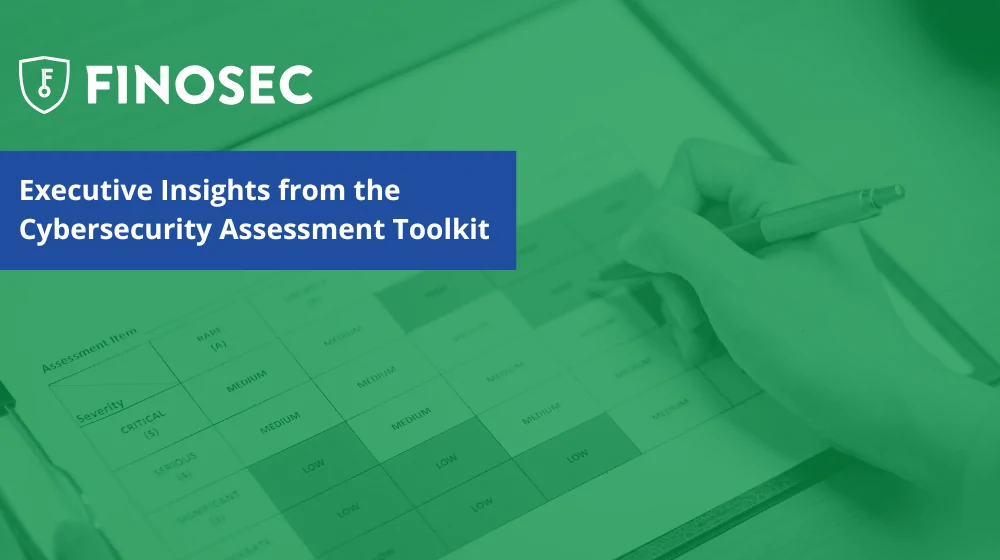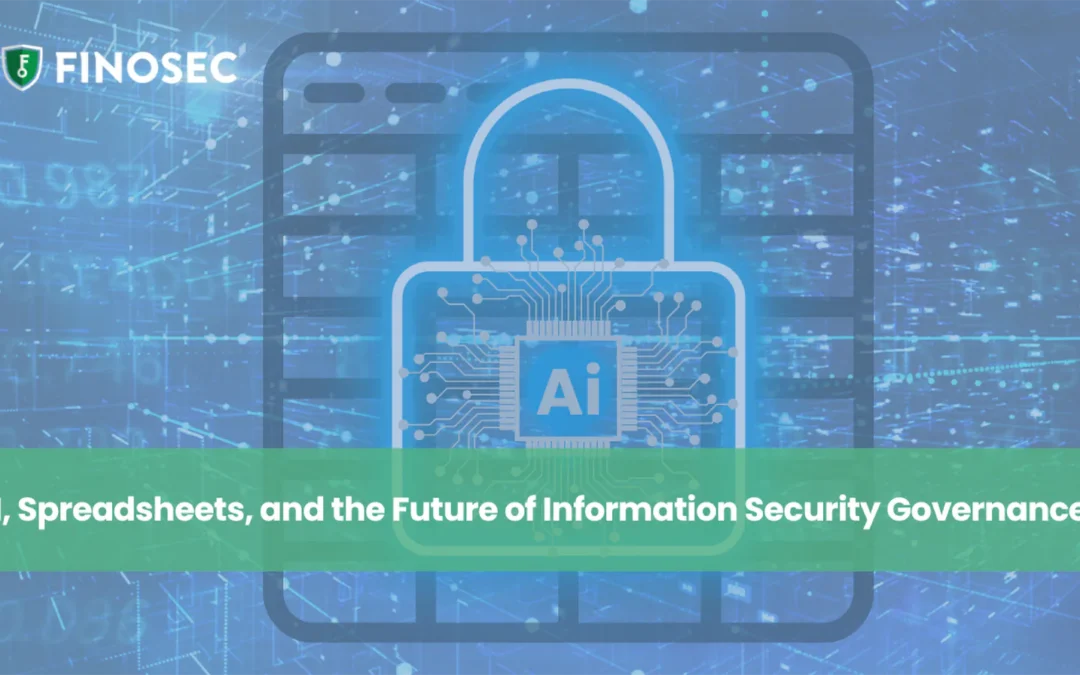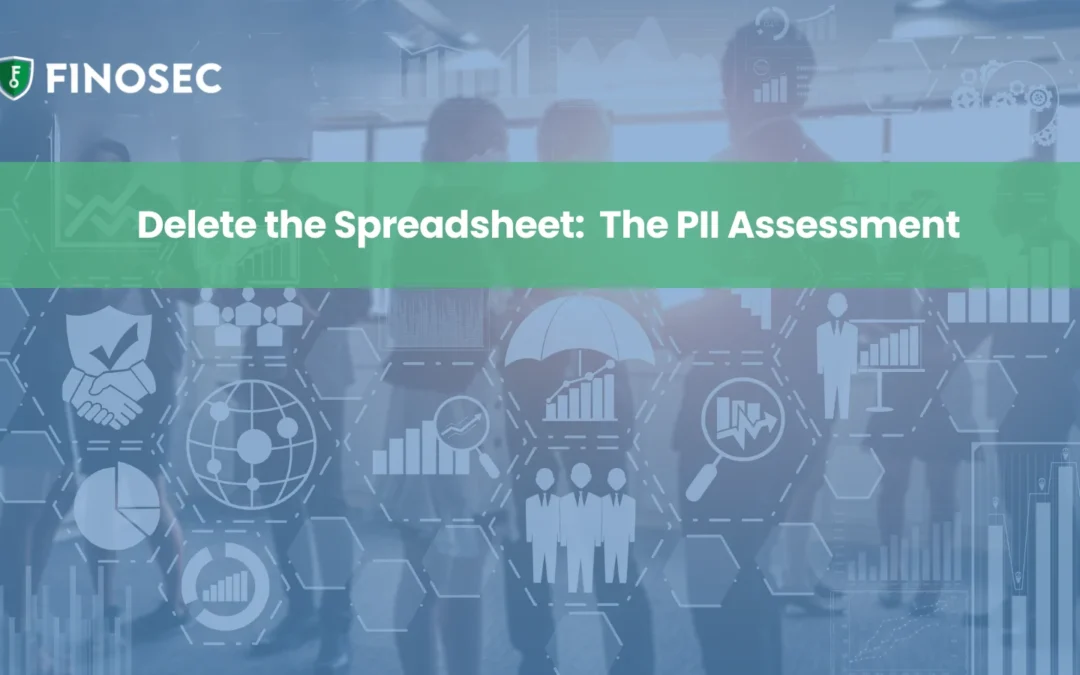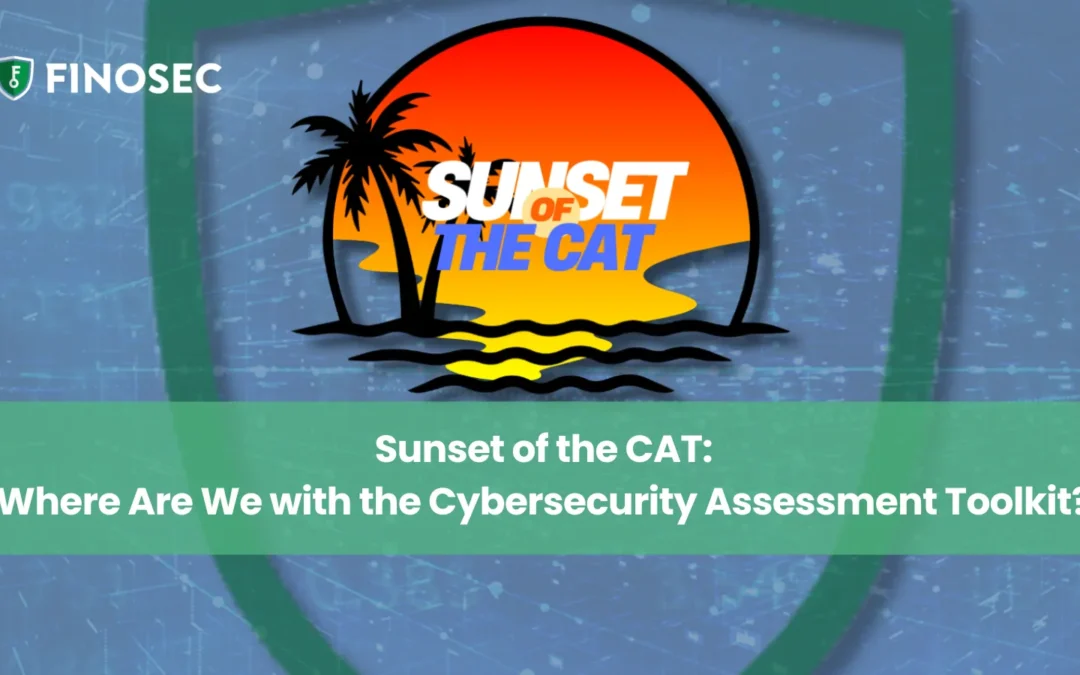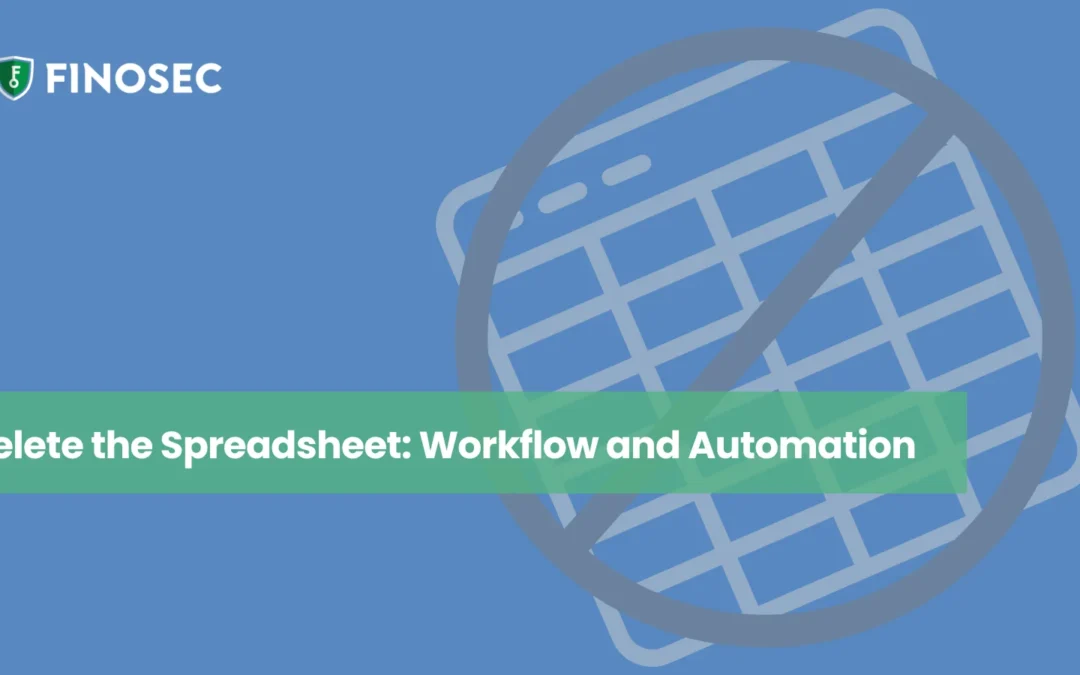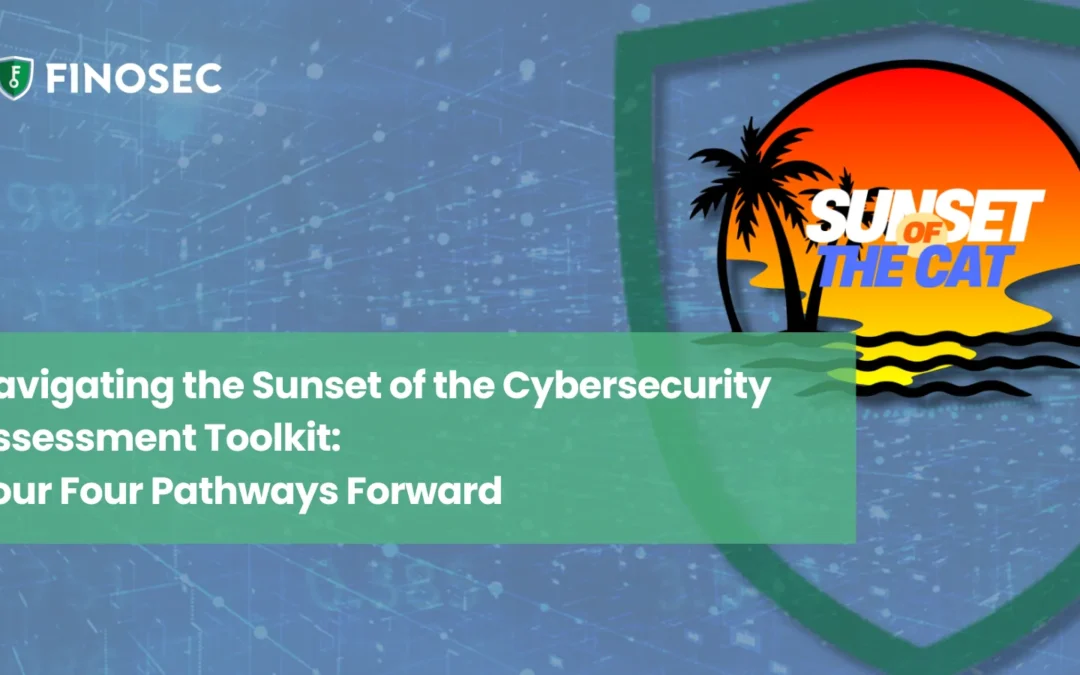Contracts are typically dense, highly detailed documents that can be hard to navigate. After wading through strikingly specific legal verbiage, it can be difficult to ascertain whether or not the contracts are accomplishing everything they claim to be. As a result, financial institutions may wonder how they can feel confident in signing such a document. Systematically and thoroughly reading and reviewing the contract before agreeing to its terms are vital, but knowing how to do that well can be tough. Prior to conducting a review, you’ll need to understand the expectations of the relationship: which products/services were selected, any prerequisites or additional costs to implement, term(s) of the agreement, and the stakeholders. Conducting a contract review is vital to reduce overall risk, ensure that the provisions are correct, and provide both sides with the opportunity to fully understand what they are agreeing to before the final signing decision is made. Regulatory requirements mandate that each institution is responsible for reviewing and understanding vendor contracts and/or agreements – but that is easier said than done.
Finosec has created a checklist that will assist you and your institution as you examine each contract so you can feel confident in signing such an agreement. For example, every contract must contain these main elements: an offer, acceptance, and consideration. Furthermore, please be sure that whoever signs a contract has the authority to do so on behalf of the institution. Whether you have contract experience or not, this checklist will help guide you through the review process. While this does not replace a legal review, it can be a great jumping off point to further conversation and a deeper understanding of the contract in question.
If you would like to download and utilize this contract checklist, as well as connect with an ever growing community of like-minded industry leaders, we hope you’ll join Finosec Academy. Sign up – Log In- Learn.
